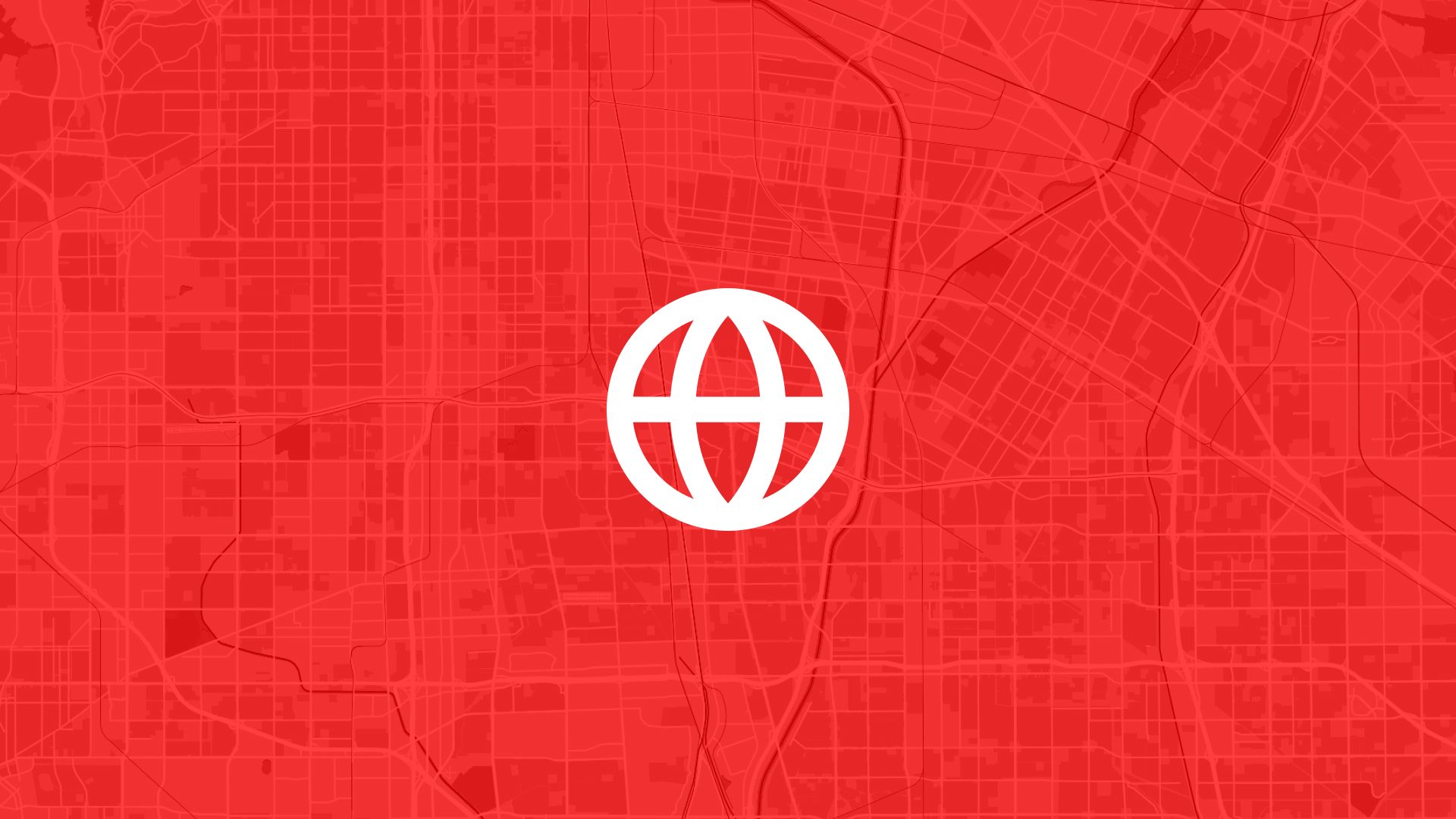Want to map climate zones? You don’t need special software — just a browser.
In this guide, you’ll learn how to map and explore climate zones using Atlas.
Why map climate zones?
Mapping climate zones helps you:
- Understand how climate affects different regions
- Support planning for farming, forestry, or land use
- Study environmental changes over time
- Teach students about climate and geography
- Combine with other data for deeper insights
What are climate zones?
Climate zones group areas based on long-term weather patterns:
temperature, rainfall, humidity, and seasons.
Common examples:
- Tropical
- Arid
- Temperate
- Continental
- Polar
There are also detailed systems like Köppen climate classification, used in research and planning.
How to map climate zones with Atlas
Atlas lets you map climate zones quickly—no downloads needed.
Here’s how:
Step 1: Get climate zone data
You can download public datasets, like:
- Köppen-Geiger climate zones
- Global climate classification maps
- Government or academic sources
Look for data in GIS formats:
GeoJSON, Shapefile (SHP), KML, or CSV with geometry.
Step 2: Upload data to Atlas
- Open your Atlas site
- Click Add Data
- Upload your climate zone file (GeoJSON, SHP, KML, CSV)
Atlas reads the file and adds it as a layer on the map.
Step 3: Style your map
- Use colors to show different climate zones
- Add labels (e.g., “Temperate”, “Tropical”)
- Adjust opacity if you want to see the basemap below
- Combine with other data (like population, agriculture, vegetation)
Step 4: Share your climate zone map
When you’re done:
- Click Share
- Choose Public, Private, or Password-Protected
- Copy the link to share
- Or use the Embed code to add the map to a website or blog
Example use cases
- Teachers: Show climate zones to students
- City planners: Plan land use based on climate risks
- Farmers: Understand which crops fit which zones
- Conservationists: Map ecosystems by climate
- Scientists: Combine climate zones with other datasets
Why use Atlas?
| Feature | Atlas makes it easy |
|---|---|
| Upload climate data formats | ✅ Yes |
| No installs needed | ✅ Browser-based |
| Full map styling | ✅ Colors, labels, layers |
| Share and embed maps | ✅ Yes |
| Combine with other data | ✅ Yes |
| Quick and simple workflow | ✅ Yes |
With Atlas, mapping climate zones is quick and easy.
You can go from data download to shareable map in minutes.
Give it a try with your first climate zone dataset—
it’s the best way to start exploring the world of online mapping.





